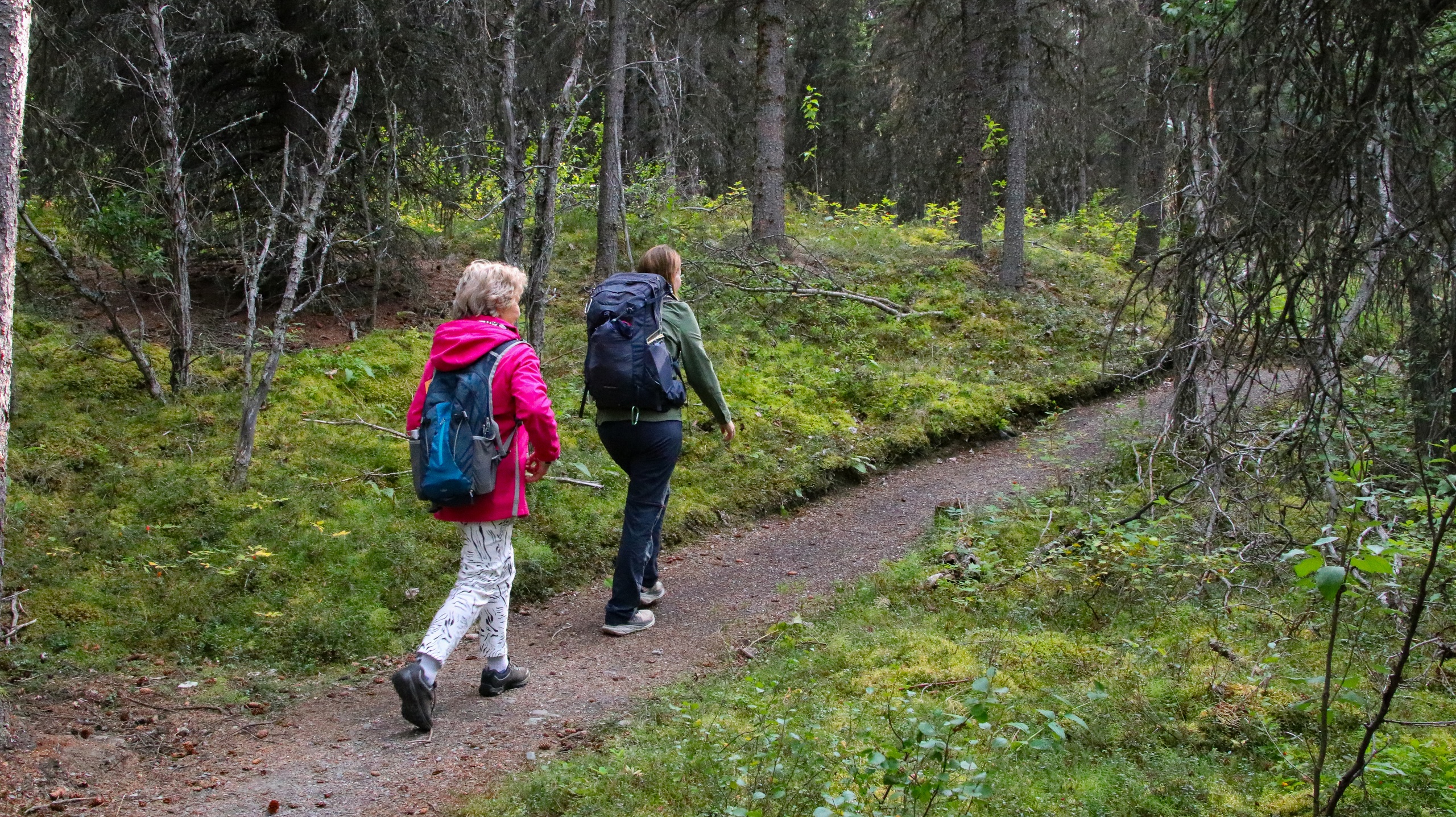K’gari’s Moving Sands: Exploring Great Sandy National Park on the World’s Largest Sand Island
Drive the beach, float the creeks, and meet a rainforest that learned to grow in sand.
The beach is your highway here. At first light, the tide pulls back like a curtain and reveals a runway of hard-packed sand—Seventy-Five Mile Beach—running arrow-straight up the spine of K’gari (Fraser Island) in Great Sandy National Park. The Pacific exhales in steady sets that slap the shore with blue muscle. Gulls patrol the wind. A dingo slips out of the casuarinas, pauses to appraise you, then melts into the tea-tree shadows as if the island itself has waved it along. This is a place that moves, reworks, reshapes—sand sliding, freshwater spilling, forest advancing one root at a time. The island makes the rules; you adapt or turn back.
Trail Wisdom
Time Your Drive to the Tides
Plan beach driving within two hours of low tide for firm sand and safer run-outs; avoid soft, cut-up sections near the high-tide line.
Deflate for Soft Sand
Drop tire pressure to around 18–22 psi before hitting beach or inland tracks; carry a compressor to reinflate before the barge or highway.
Swim Smart—Ocean Is Not a Pool
Skip ocean swims due to rips and sharks; choose Lake McKenzie, Eli Creek, or Champagne Pools for safe, refreshing dips.
Dingo-Safe Camping
Store food securely, keep children within arm’s reach, and never feed wildlife; use fenced camps or designated sites.
Local Knowledge
Hidden Gems
- •Pile Valley’s satinay forest loop for a quiet rainforest walk
- •Sunrise at Lake McKenzie before tour groups arrive
Wildlife
Dingoes, Humpback whales (offshore in season)
Conservation Note
As a World Heritage site, K’gari’s perched lakes are highly sensitive—avoid soaps and minimize sunscreen in the water. Stay on marked tracks to protect fragile dune vegetation.
The Butchulla people are the island’s Traditional Owners; K’gari’s name means “paradise.” The SS Maheno ran aground here in 1935 and remains a photogenic shipwreck landmark.
Seasonal Guide
spring
Best for: Warm lake swims, Whale watching (early season)
Challenges: Occasional strong winds, Increasing crowds
Spring brings warming days and clear water, ideal for lakes and scenic drives along the beach.
summer
Best for: Long daylight hours, Lush rainforest shade
Challenges: Heat and humidity, Storms and possible cyclones, Biting insects
Expect hot, stormy conditions; start early, hydrate well, and plan indoor or shaded breaks at midday.
fall
Best for: Quieter trails, Stable weather
Challenges: Shorter daylight for long drives
Autumn often means settled seas and fewer crowds—great for lake time and relaxed camp nights.
winter
Best for: Mild temps for hiking and driving, Peak whale season
Challenges: Cooler water, Crisp nights
Winter is comfortable for full-day touring and elevated lookouts; pack an extra layer for cool evenings.
Photographer's Notes
What to Bring
Reef-Safe Sunscreen & Wide-Brim HatEssential
Relentless coastal sun and reflective sand demand strong UV protection without harming sensitive freshwater lakes.
2–3L Hydration SystemEssential
Ample water is key for beach driving stops and inland hikes where shade and taps are limited.
Lightweight, Grippy FootwearEssential
Closed-toe shoes handle hot sand, boardwalks, and rooty rainforest tracks better than flip-flops.
Tyre Deflator and Air Compressor (Self-Drivers)
Managing tire pressure is crucial for safe travel on soft sand and reinflation before returning to sealed roads.
Common Questions
Do I need a 4WD to explore K’gari (Fraser Island)?
Yes. A high-clearance 4WD is required for both beach and inland sand tracks unless you join a guided tour that provides vehicles.
Can I swim in the ocean on Seventy-Five Mile Beach?
It’s not recommended due to strong rips and sharks. Safer options include Lake McKenzie, Eli Creek, and the Champagne Pools.
Are permits required for driving or camping?
Vehicle access permits are required for driving in the national park, and camping permits must be booked in advance for all campsites.
What’s the best time of day to drive on the beach?
Aim for within two hours either side of low tide for firm sand and fewer washouts. Avoid high tide and storm surges.
Are dingoes dangerous?
Dingoes are wild. Never feed them, always keep food secured, and supervise children closely. Follow all posted guidelines.
Is fresh water available on the island?
Bring your own. Limited treated water is available at some sites, but you should carry sufficient drinking water for your group.
What to Pack
Reef-safe sunscreen and a wide-brim hat for high UV; 2–3 liters of water per person for hikes and drives; sturdy closed-toe shoes for hot sand and forest tracks; insect repellent for humid, still evenings.
Did You Know
K’gari (Fraser Island) is the world’s largest sand island and contains more than 40 perched lakes—rain-fed bodies of water held above the water table by compacted organic layers.
Quick Travel Tips
Book barge transfers and permits in advance during school holidays; plan driving days around tide charts rather than the clock; carry a paper map as cell coverage is patchy; never leave food or rubbish unsecured—dingoes are clever and persistent.
Local Flavor
Refuel on the Hervey Bay Esplanade with locally caught fish and a cold beer, or grab takeaway fish and chips at Urangan Boat Harbour and watch the sunset over the marina. If you’re returning via Rainbow Beach, a classic country pub meal and coastal lookout stroll cap the day.
Logistics Snapshot
Closest airport: Hervey Bay (HVB). Barges depart River Heads (near Hervey Bay) and Inskip Point (near Rainbow Beach). Driving: River Heads is ~20–30 minutes from Hervey Bay; once on K’gari, all travel is on sand. Cell service: Intermittent—expect black spots inland and along the beach. Permits: Vehicle access and camping permits are required; check Queensland Parks for current conditions and closures.
Sustainability Note
This World Heritage sand island relies on pristine freshwater systems—pack out all waste, avoid soaps in lakes and creeks, and keep a respectful distance from wildlife, especially dingoes.
Continue Reading

Canyon Wave: Rafting Denali’s Glacial Heart on the Nenana River
The Nenana River doesn’t whisper—it urges you forward. On the Canyon Wave run, you’ll punch through crisp, glacial rapids beneath Denali’s ramparts, trading roadside views for a front-row seat to Alaska’s wild hydraulics. Cold water, big smiles, and a canyon that knows how to keep pace.
Healy, Alaska

Chasing Light in Denali: An Afternoon Hike Across Taiga and Tundra
Trade the tour bus for tundra. This guided afternoon hike threads from shadowed spruce to open ridgeline, where Denali’s valleys breathe wide and the wind calls the cadence. Come for the views, stay for the stories beneath your boots.
Denali Park, Alaska

